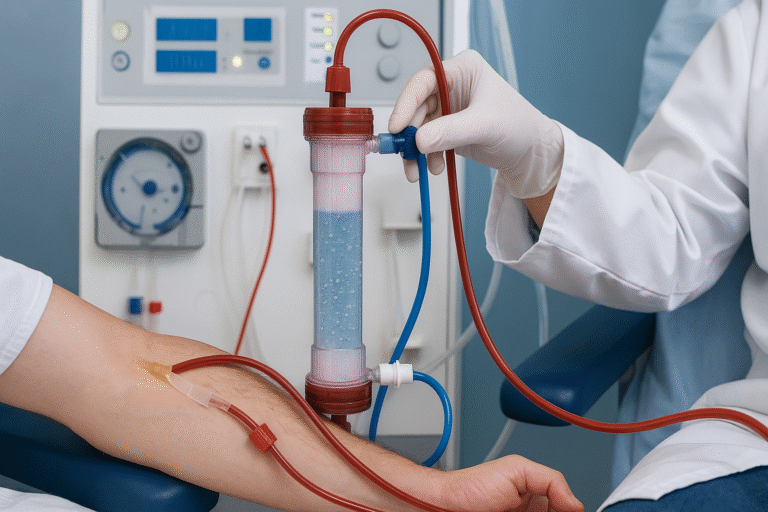Summary:
Breakthrough Filtration Technique: Scientists are exploring apheresis, a dialysis-like process to remove microplastics from human blood, offering hope in combating internal pollution.
Health Concerns Remain: Microplastics have been linked to inflammation and neurological damage, but experts stress that exposure levels and long-term effects remain unclear.
Not a Quick Fix: Apheresis is costly, complex, and not widely accessible, making prevention and environmental cleanup critical in addressing the microplastic crisis.
In a small but promising breakthrough in the fight against microplastic pollution, scientists have developed a potential way to remove microscopic plastic particles from the human body. The technique, known as apheresis, is similar to dialysis and has shown early success in filtering microplastics out of human blood samples, according to a study published in Genomic Press and reported by News Medical.
Microplastics, tiny particles less than 5 millimeters long, are now found nearly everywhere: in our oceans, drinking water, food supply, and even human organs. They’ve been linked to serious health issues, including inflammation, immune disruption, and possible neurological damage. However, until now, no viable method existed to actively remove them from the human body.
The new approach draws inspiration from existing medical technologies used to treat conditions such as autoimmune diseases and high cholesterol. While encouraging, experts emphasize this is only an early step. Environmental scientist Frederic Béen told WIRED, “The dose makes the poison,” underlining the need to quantify better how much microplastic exposure harms human health.
Despite its promise, apheresis comes with significant limitations. It’s expensive, time-consuming, and invasive, making it far from a practical, widespread solution, at least for now. Some critics argue that unless the source of contamination is addressed, individuals would face re-exposure almost immediately after undergoing the treatment.
Still, researchers say the study offers a vital proof of concept: that microplastics can be physically removed from the body using existing technology. It’s a glimmer of hope in what’s otherwise a sobering global health issue.
Until filtration becomes more practical, experts recommend focusing on minimizing plastic use, pushing for stronger environmental regulations, and continuing scientific research on how microplastics impact human biology.
While this study will not solve this crisis overnight, it’s a hopeful shift in the trend: from just understanding the damage to finding ways to undo it.

